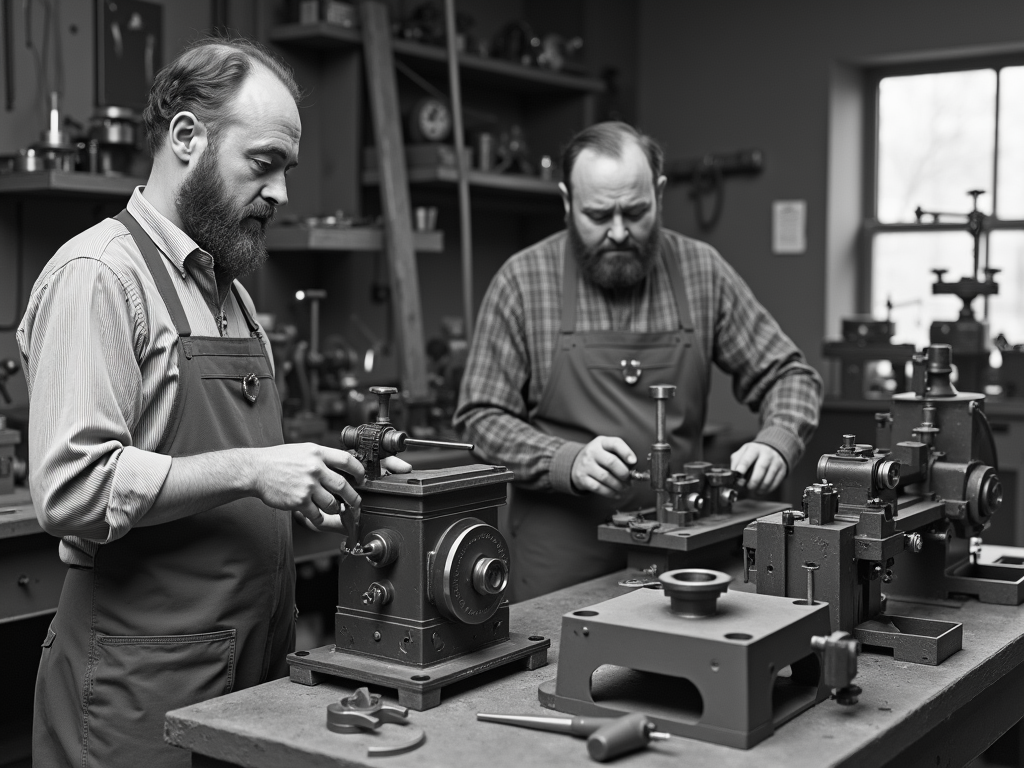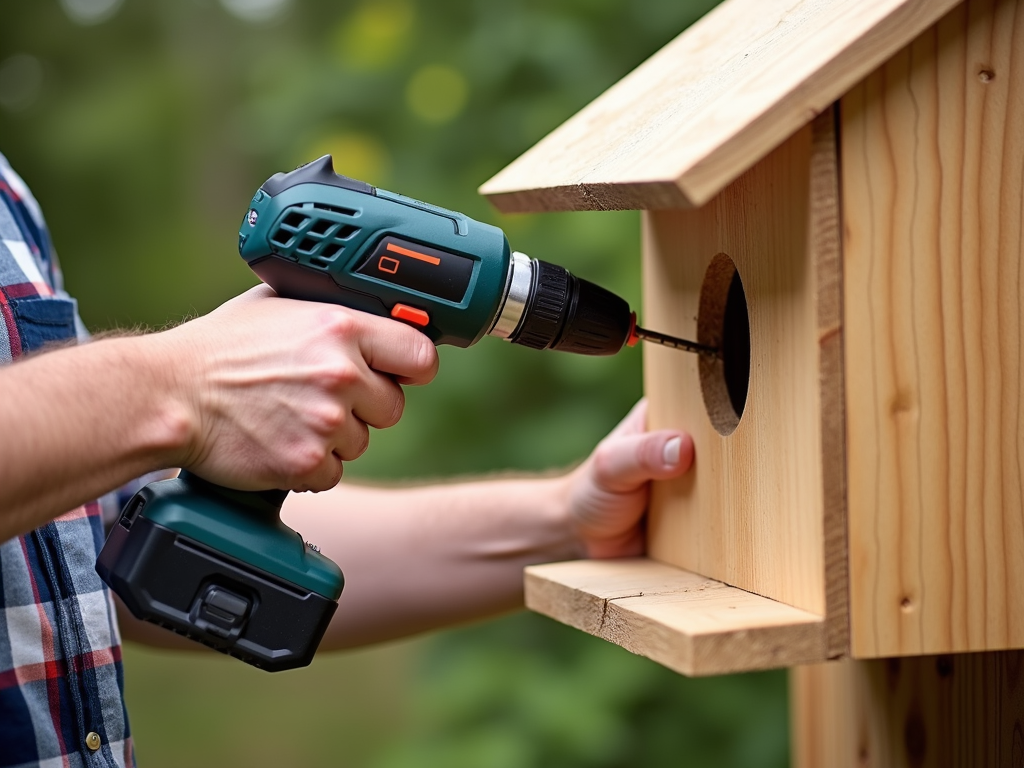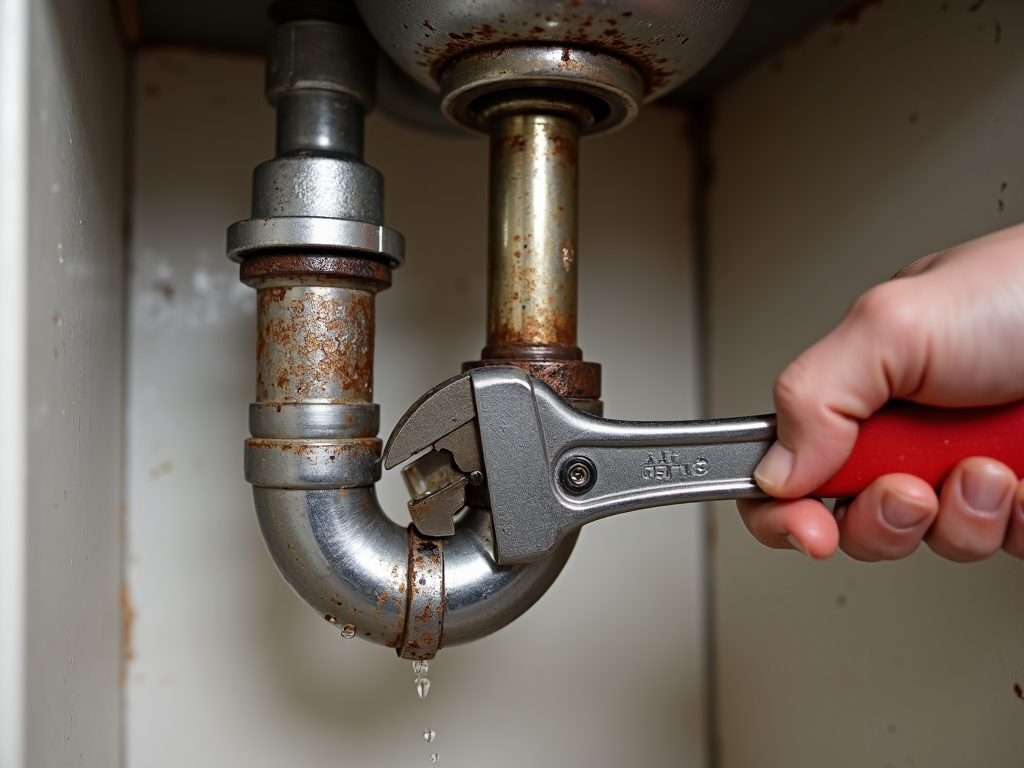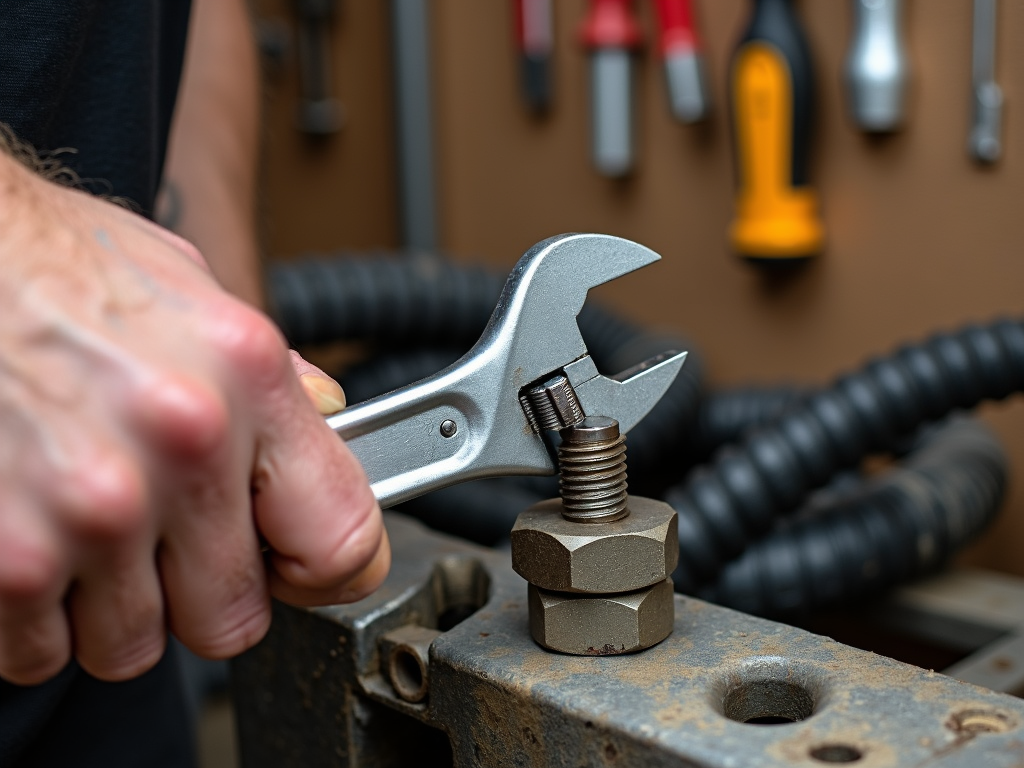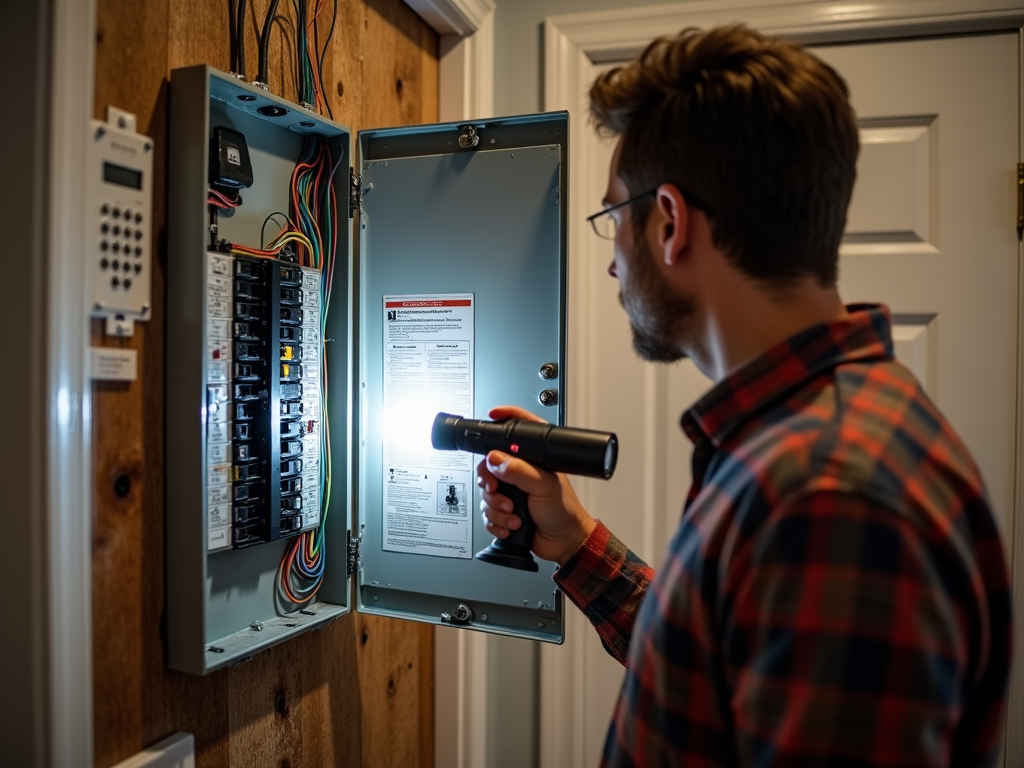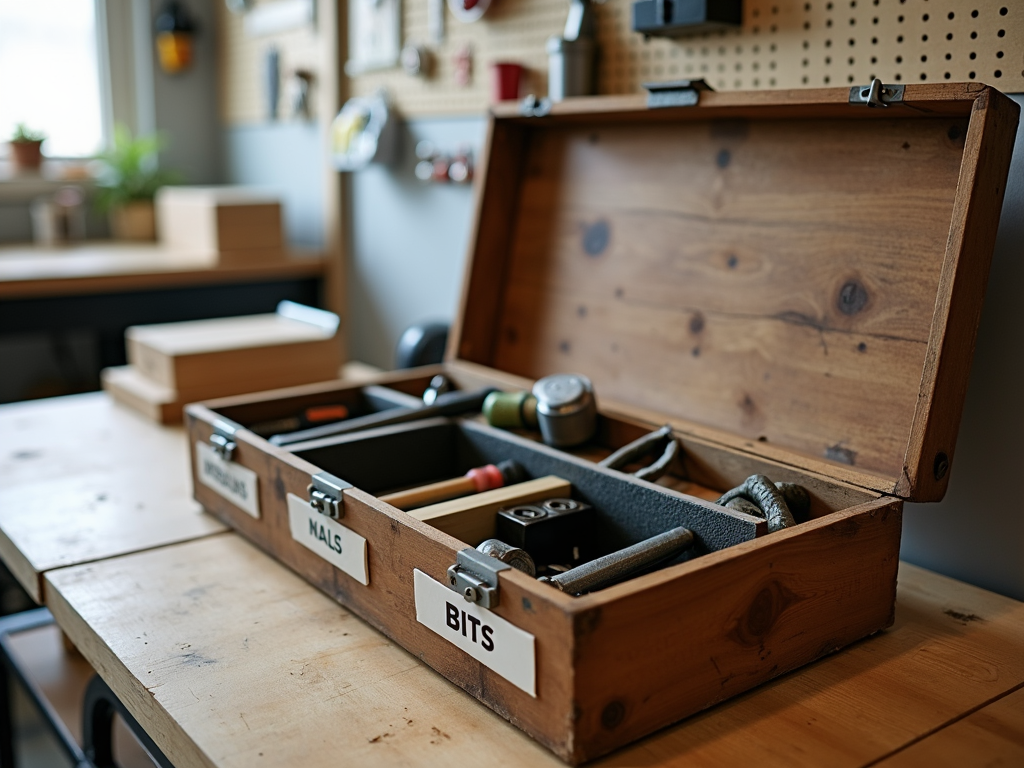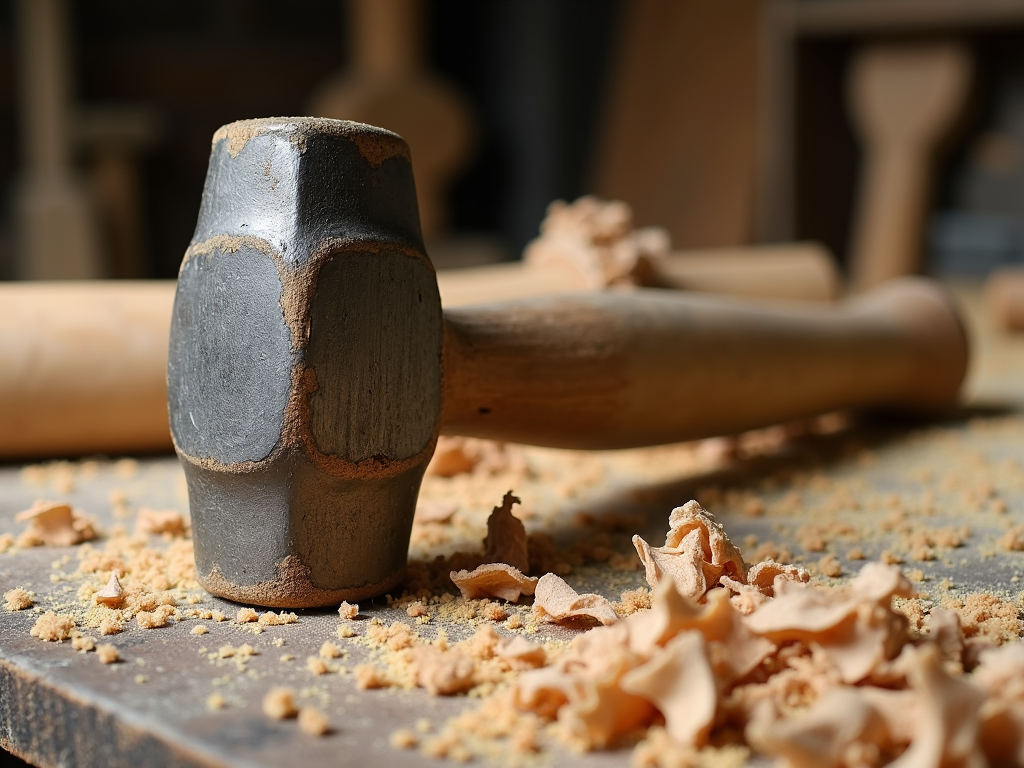Power tools have become an indispensable part of modern life, revolutionizing the way we approach construction, woodworking, and DIY projects. From the first rudimentary drills to today's sophisticated, ergonomic designs, the evolution of power tools is a testament to human ingenuity and the relentless pursuit of efficiency. In this article, we'll take a deep dive into the history of power tools, explore key innovations, and examine how these tools have shaped industries and empowered individuals. Whether you're a professional tradesperson or a weekend warrior, understanding the evolution of power tools can give you a new appreciation for the tools you use every day.

The Early Days: Manual Tools and the Birth of Power
Before the advent of power tools, craftsmen relied on manual labor and hand tools to get the job done. Drills, for example, were operated by hand, requiring significant physical effort and time. These early tools, while effective for their time, were limited in their capabilities and often led to fatigue and inefficiency.
The late 19th century marked a turning point with the introduction of the first electric motors. Innovators began experimenting with ways to harness this new power source for tools. In 1889, Arthur James Arnot and William Blanch Brain patented the first electric drill, a cumbersome device that was more of a novelty than a practical tool. However, it laid the groundwork for future developments.
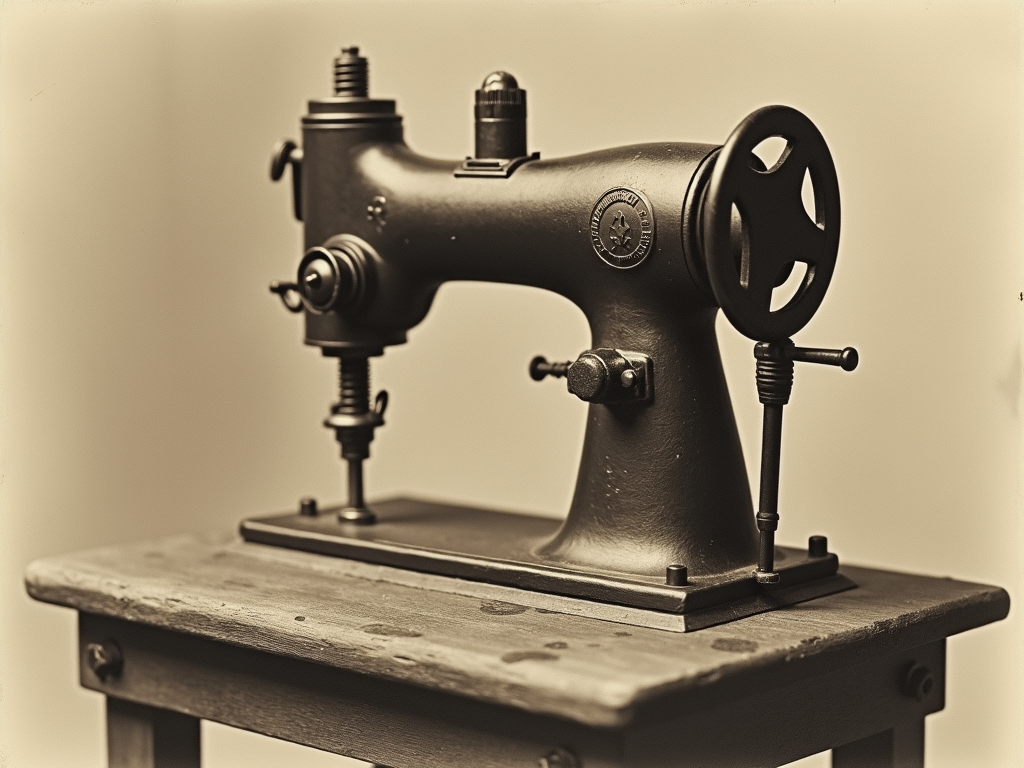
The Rise of Portable Power Tools
The early 20th century saw significant advancements in power tool technology. In 1917, Black & Decker introduced the first portable electric drill, which featured a pistol grip and trigger switch—design elements that are still standard today. This innovation made power tools more accessible and practical for a wider range of users.
As electricity became more widespread, so did the adoption of power tools. Factories and workshops began to see the benefits of these tools in terms of speed and precision. The construction industry, in particular, embraced power tools, leading to faster project completion times and reduced labor costs.

The Cordless Revolution
One of the most significant leaps in power tool evolution came with the development of cordless technology. In the 1960s, Black & Decker introduced the first cordless drill, powered by nickel-cadmium (NiCd) batteries. This innovation freed users from the constraints of power cords, allowing for greater mobility and versatility.
However, early cordless drills were heavy and had limited battery life. It wasn't until the advent of lithium-ion batteries in the 1990s that cordless power tools truly came into their own. These batteries offered longer run times, faster charging, and reduced weight, making cordless tools a viable option for professionals and hobbyists alike.
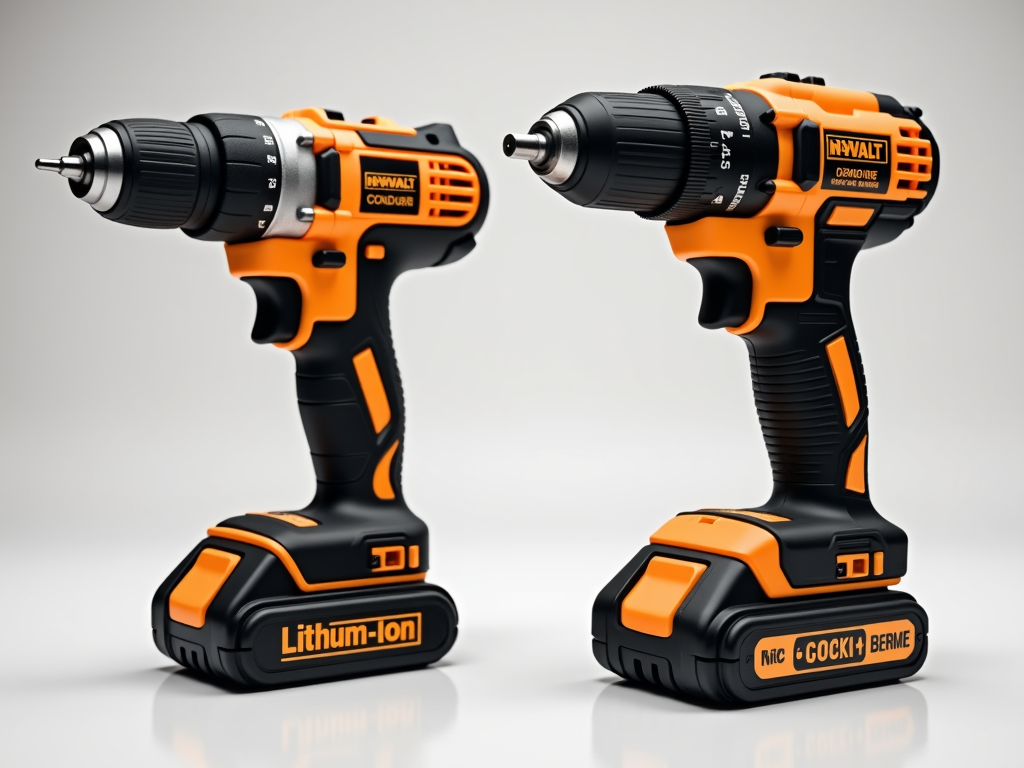
Ergonomic Design: Reducing Fatigue and Increasing Efficiency
As power tools became more powerful and versatile, manufacturers began to focus on user comfort and safety. The development of ergonomic power drills, for example, has been a game-changer for professionals who use these tools for extended periods.
Ergonomic designs aim to reduce user fatigue by optimizing the tool's weight distribution, grip, and vibration levels. Features like soft-grip handles, adjustable torque settings, and lightweight materials make modern power drills easier to handle and less taxing on the body.
Personal Insight: As someone who has spent countless hours on DIY projects, I can attest to the difference an ergonomic power drill makes. The reduced strain on my hands and wrists allows me to work longer and more comfortably, ultimately leading to better results.
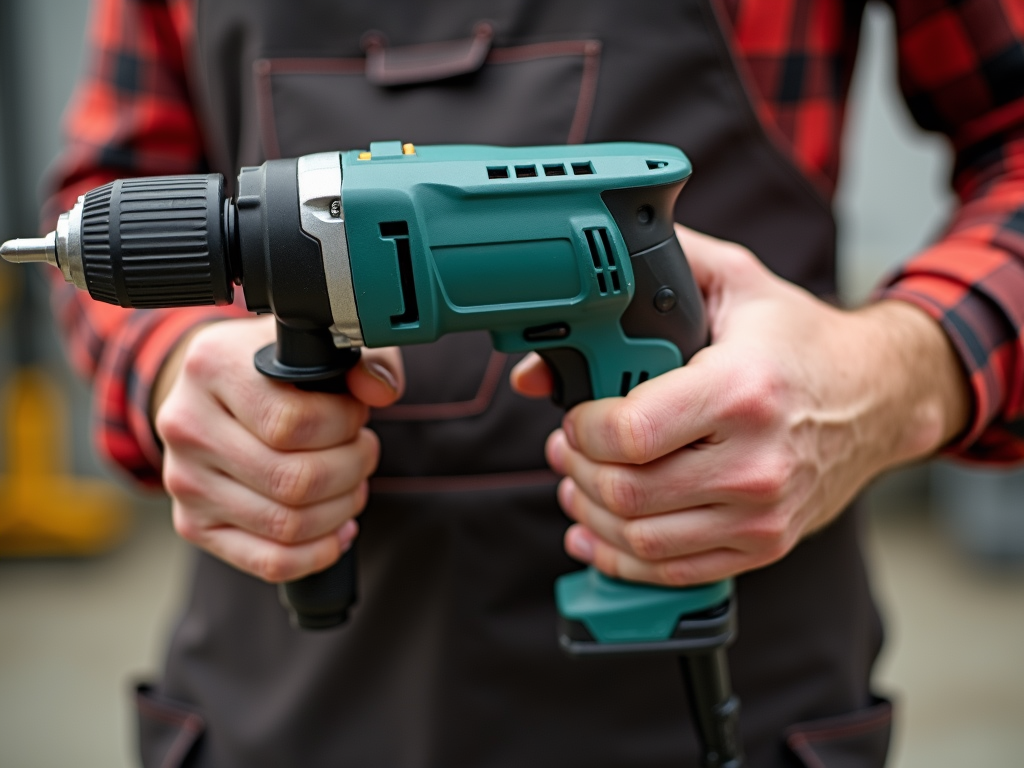
The Impact of Power Tools on Industries and DIY Culture
The evolution of power tools has had a profound impact on various industries. In construction, power tools have enabled faster project completion, reduced labor costs, and improved precision. Woodworking has seen similar benefits, with tools like power saws and sanders allowing for intricate designs and smoother finishes.
Beyond professional settings, power tools have empowered DIY enthusiasts to take on projects that were once the domain of skilled tradespeople. From building furniture to renovating homes, the accessibility and affordability of modern power tools have democratized craftsmanship.
However, with great power comes great responsibility. It's crucial for users to prioritize safety when using power tools. Always wear appropriate protective gear, follow manufacturer guidelines, and never underestimate the importance of proper training.
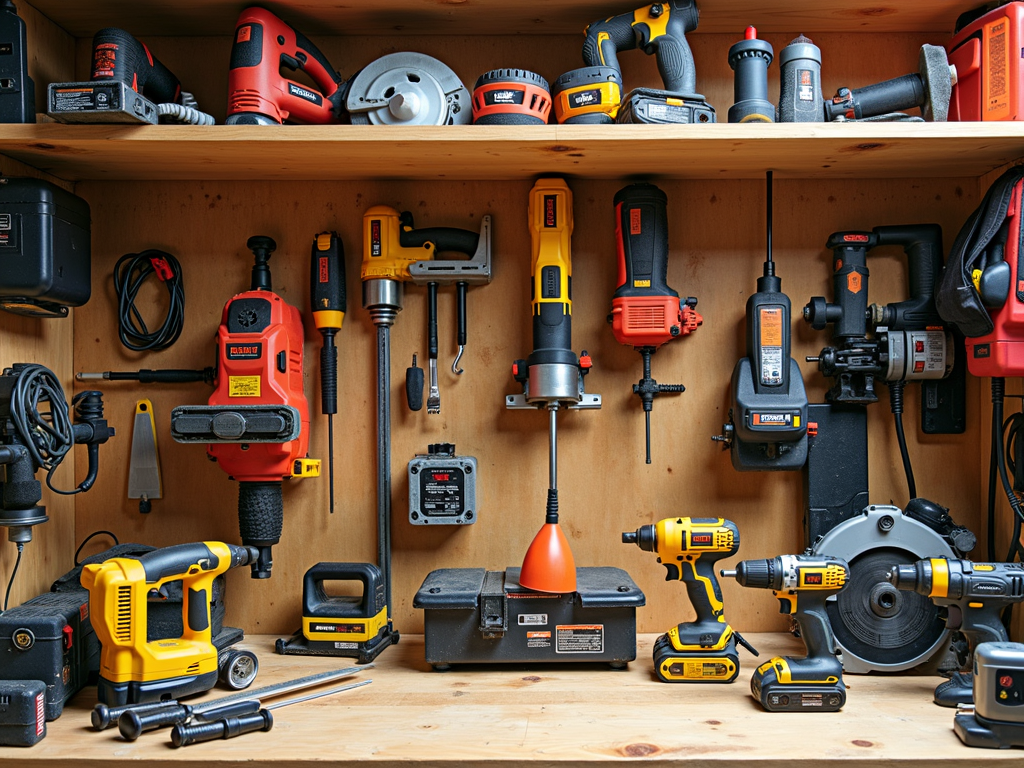
Looking to the Future: Smart Tools and Sustainability
As we look to the future, the evolution of power tools shows no signs of slowing down. Smart technology is beginning to make its way into power tools, with features like Bluetooth connectivity, app integration, and real-time performance monitoring. These innovations promise to make power tools even more efficient and user-friendly.
Sustainability is another key focus area. Manufacturers are exploring ways to reduce the environmental impact of power tools, from using recyclable materials to developing more energy-efficient batteries. As consumers become more environmentally conscious, the demand for eco-friendly power tools is likely to grow.

Conclusion
The evolution of power tools is a story of innovation, perseverance, and the relentless pursuit of improvement. From the first manual drills to today's ergonomic, cordless, and smart tools, each advancement has brought us closer to a world where efficiency and craftsmanship go hand in hand.
As we continue to push the boundaries of what's possible, it's important to remember the roots of these tools and the craftsmen who paved the way. Whether you're a seasoned professional or a DIY novice, the power tools of today offer unprecedented opportunities to create, build, and innovate.
For those looking to dive deeper into the world of power tools, here are some recommended readings:
- The History of Black & Decker: Pioneers of Power Tools
- Ergonomic Design in Power Tools: A Comprehensive Guide
- The Future of Cordless Technology: What's Next for Power Tools?
Related The Evolution of Power Tools:
- The History of Black & Decker: Pioneers of Power Tools
- Enhancing DIY Projects with Ergonomic Tools
- Essential Workman Tools for Plumbing: A Comprehensive Guide
- Oscillating Tools: A Beginner's Overview
- Mastering Wrenches: A DIYer’s Guide
- Ultimate Guide to Tool Safety: Protecting Yourself in the Workshop
- Safety Practices in Home Electrical Repairs: A Comprehensive Guide
- Advanced Electrical Tools for Automation
- Essential Safety Tips for Construction Workers
- Workshop Organization Tips for Maximizing Efficiency: A Handyman’s Guide
- Best Tool Storage Solutions for Small Garages
- The Top 10 Essential Tools Every Workman Should Own
